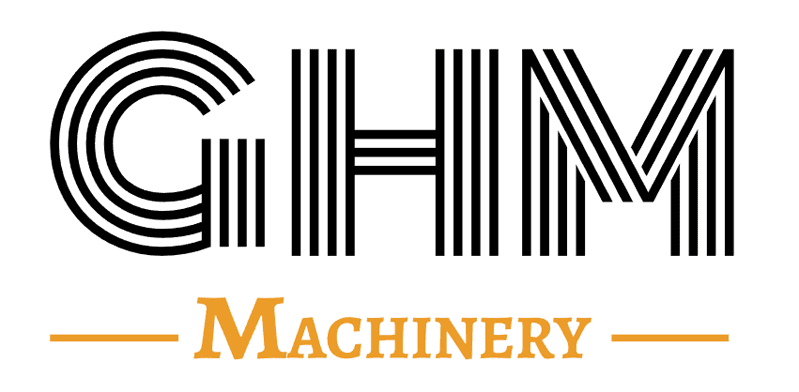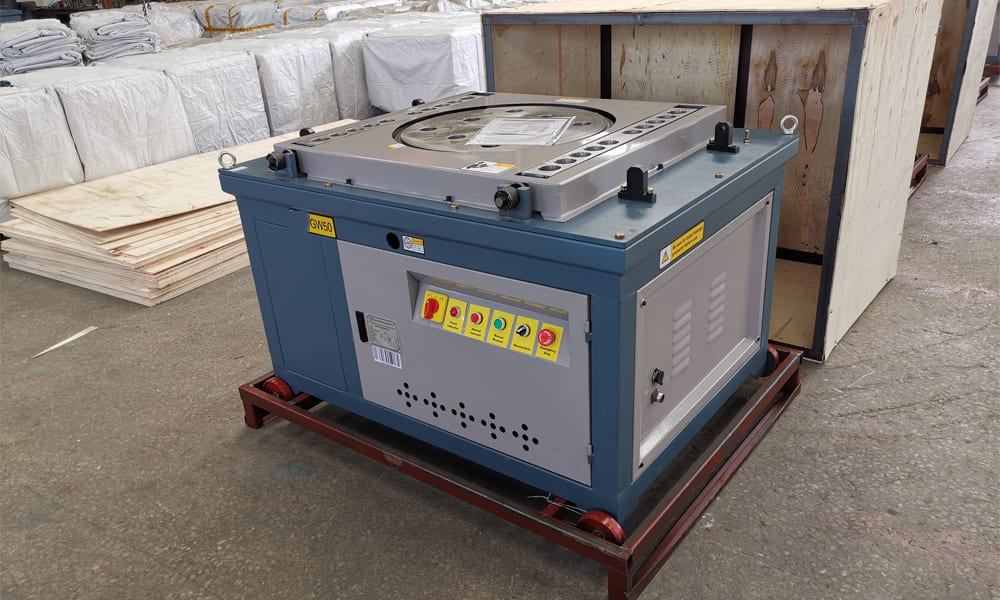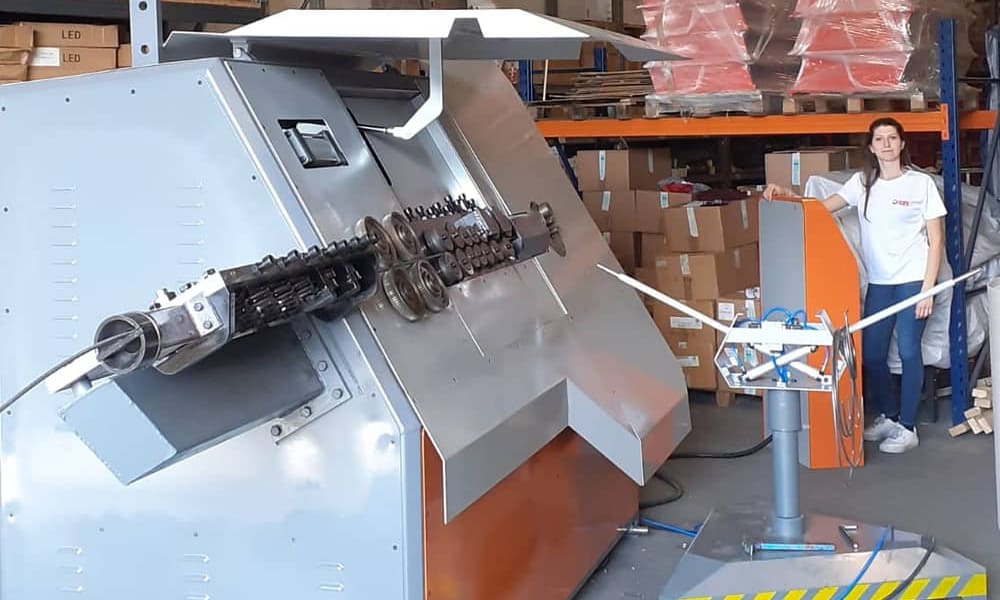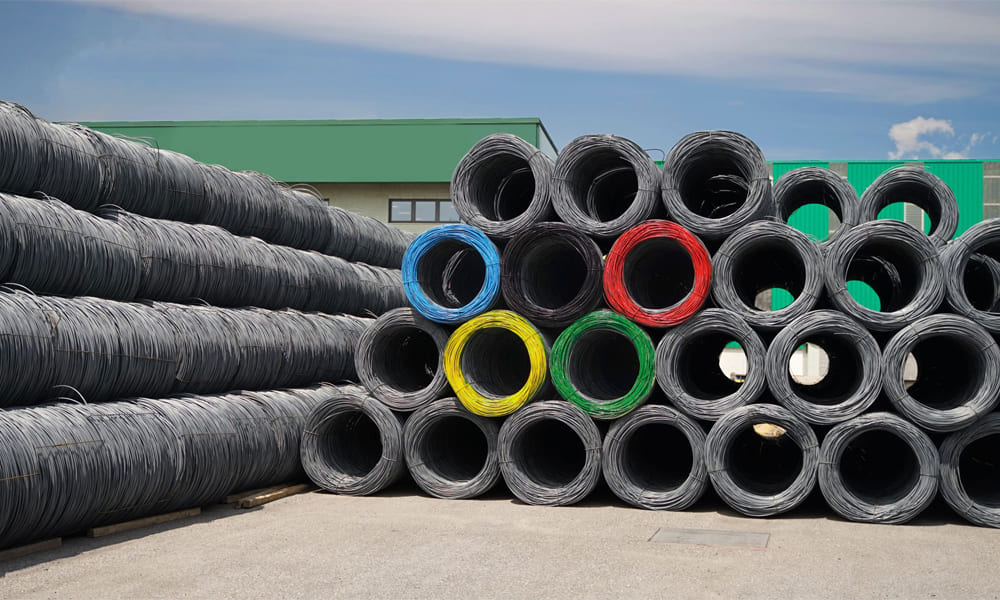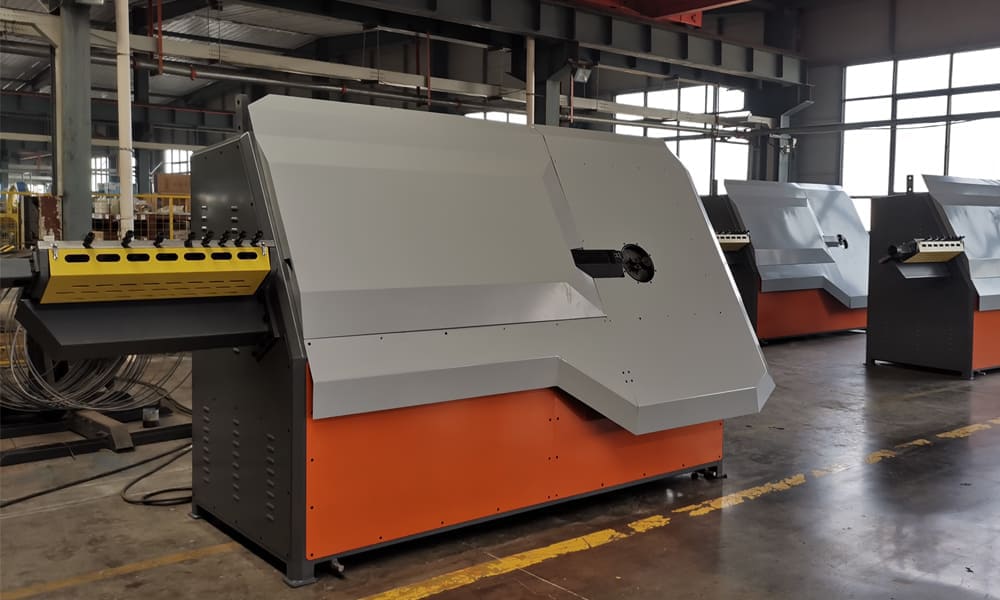Choosing the right power for a steel bar bending equipment is crucial for efficient operations. Here are key factors to keep in mind:
- Material Type and Thickness: The power requirement varies based on the material being bent. Thin metals require less power, while stronger materials like steel need higher power capacities.
- Bending Angle: The angle at which steel bars are bent influences power selection. Greater bending angles demand equipment with higher power capabilities to apply the necessary force effectively.
- Size of Workpiece: The dimensions of the workpiece also dictate power needs. Larger workpieces generally require more power to ensure proper bending.
Standards for Steel Bar Bending Euipment Power
There’s no universal standard for bending equipment power. Requirements vary by country and specifications. In China, for instance, power is typically rated in kilowatts (KW), with equipment ranging between 1KW and 10KW.
Tips for Selecting the Right Power
Consider these tips when choosing the power for your bending equipment:
- Match Power to Requirements: Assess material types, bending angles, and workpiece sizes to determine the appropriate power level, optimizing both efficiency and quality.
- Evaluate Equipment Quality and Brand: The reliability of the bending machine and the reputation of its brand influence power selection. Opt for trusted brands known for high-quality equipment.
- Scale of Production: Manufacturers with higher production volumes should select machines with greater power capacities to meet demand effectively.
Conclusion
Selecting the right power for a steel bar bending equipment involves careful consideration of material characteristics, bending requirements, and production needs. By following these guidelines, you can make an informed decision tailored to your specific operational demands. For optimal results, apply these suggestions to ensure efficient and precise bending operations.
